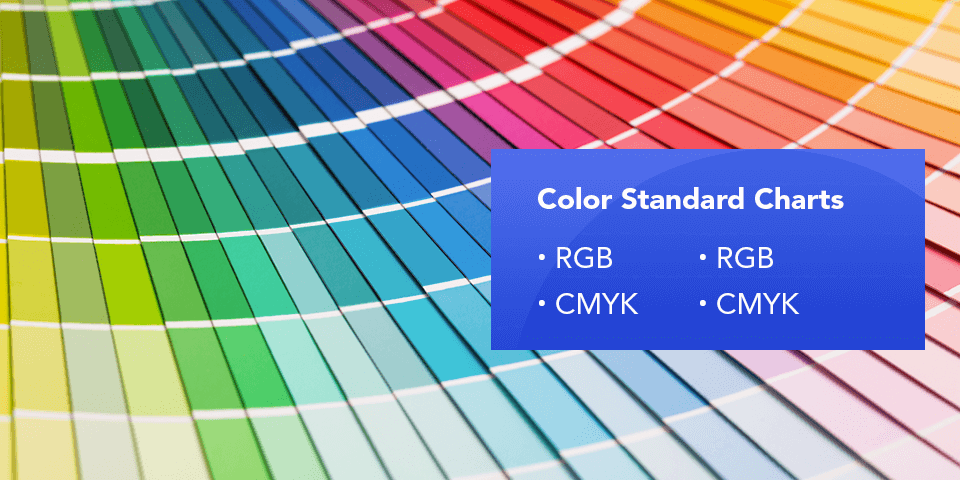
Since color influences product quality, safety and costs, consistency is important, establishing the need for international color standards. Certified color standards are composed of electrophotographic reflectance data that combines a master electronic standard and visual reference to ensure consistent colors across materials.
International Color Standards
There are several color standard charts for reference:
- RGB: The red, green, blue (RGB) color standard is the color display for LCD screens, CRT monitors and plasma displays.
- CMYK: The cyan, magenta, yellow, key (CMYK) color standards are used for printing since the RGB standard cannot create black.
- Pantone: Pantone color standards are vibrant, solid colors that can be converted to RGB or CMYK when necessary.
- USDA: USDA color standards help agriculture professionals decide when produce should be picked and how it should be graded. Food processors also use these standards for food processing and packaging.




